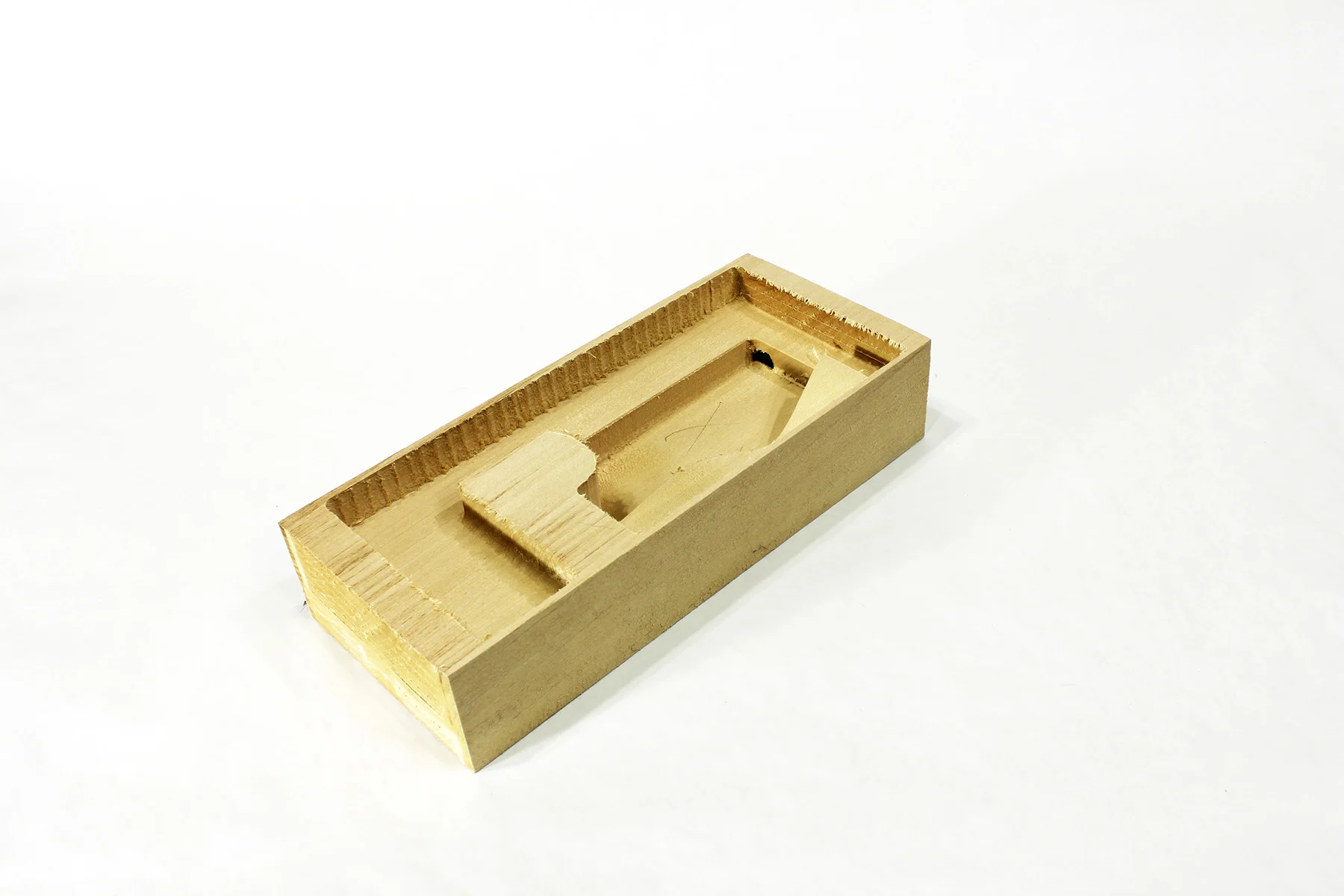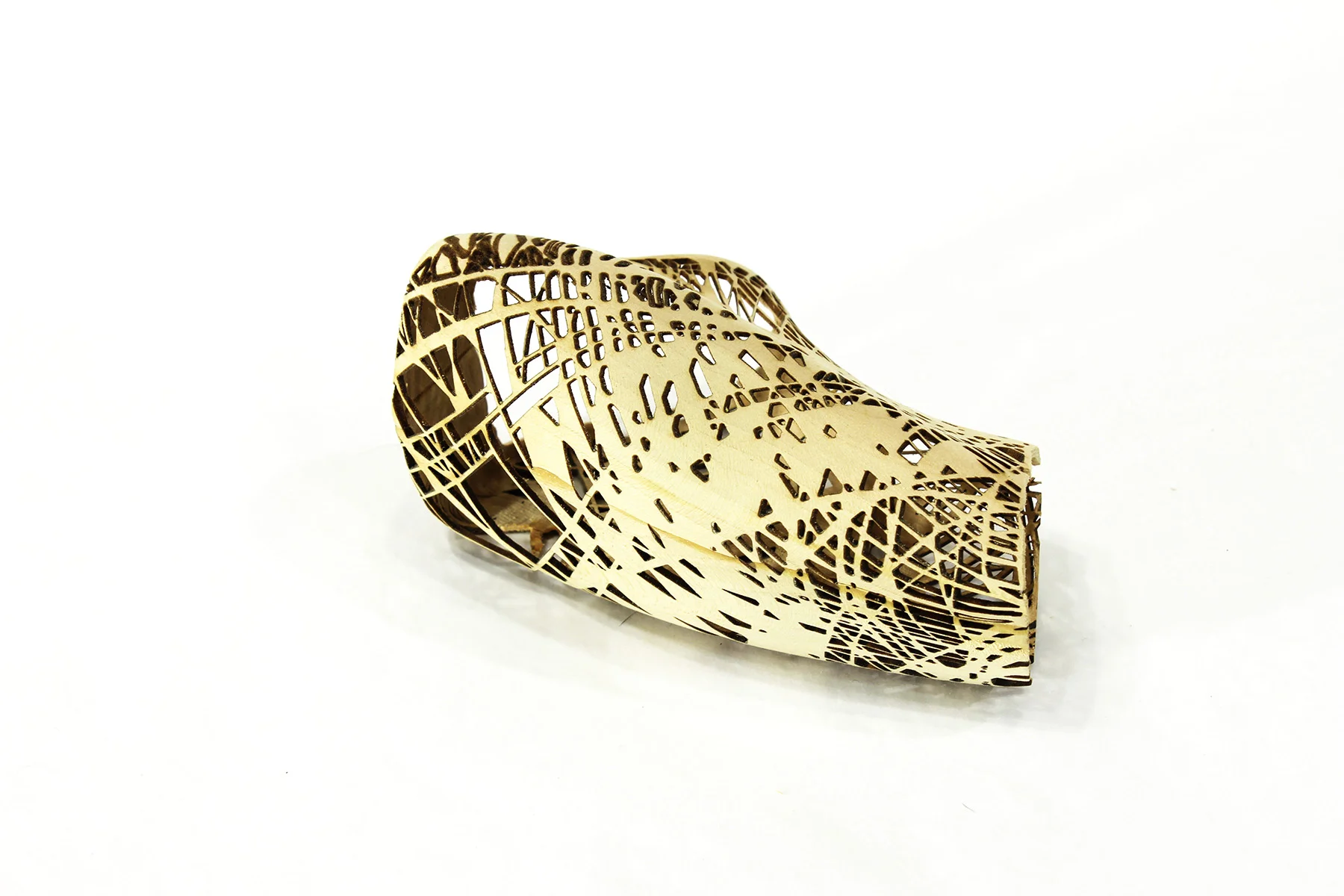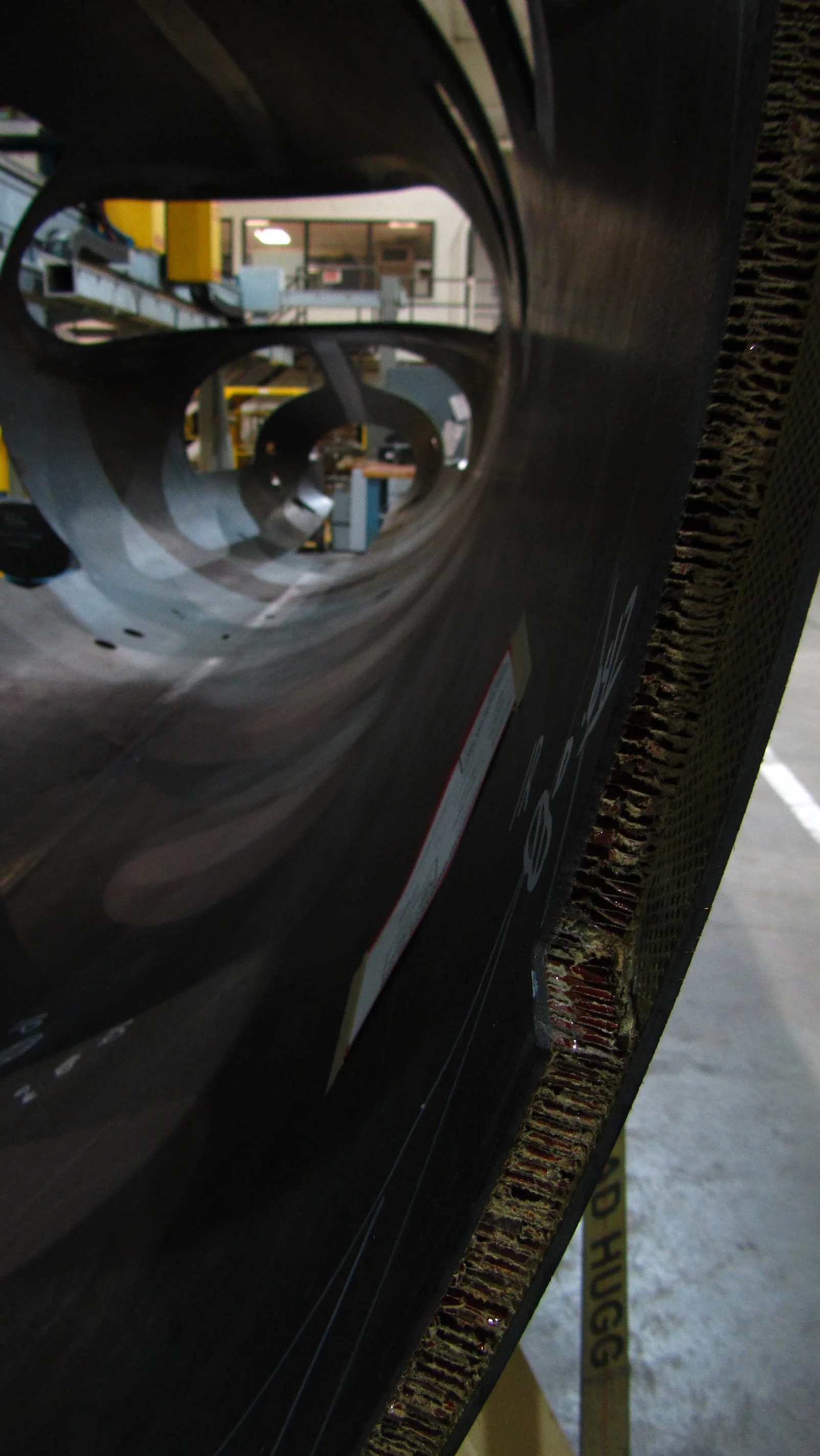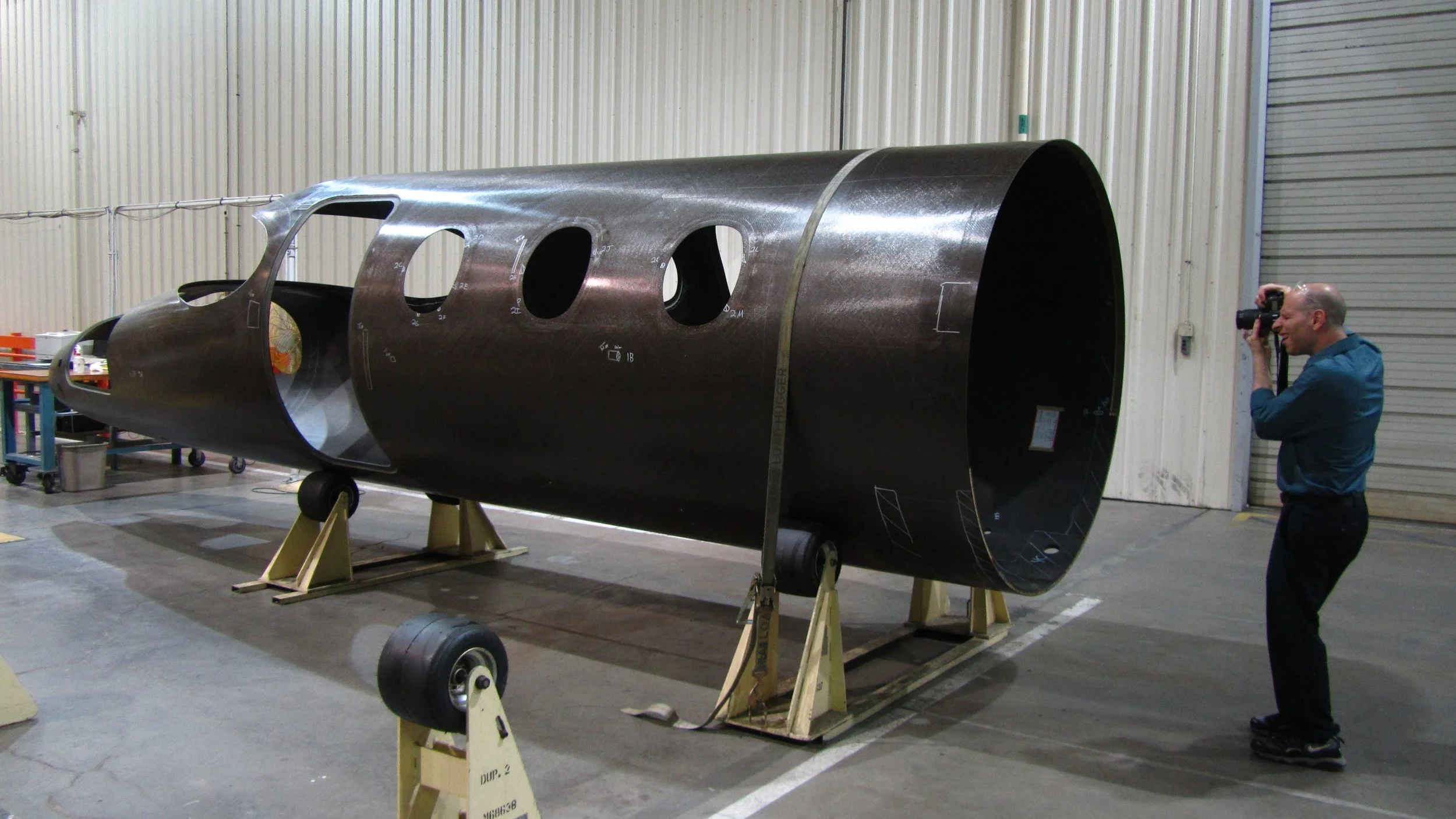Carbon fiber house
Cutting edge material exploration
Completed Fall Semester 2011-12 (2nd Year Grad School - ARCH 601)
Skills utilized:
Architectural design
Digital fabrication (CNC Milling, Rotational Laser Cutting)
Research
Finite element analysis
3D design (Rhino & Custom plug in script coded for us)
The Carbon Fiber House was a unique project that challanged traditional design practices with the theoretical application of a relatively new material. At the beginning of the semester, our studio section toured the Hawker-Beechcraft aircraft assembly factory in Wichita, Kansas. There, they were producing airplanes without the classic aluminum ribbed frame, but instead with a single 1" thick carbon fiber shell. Mike Silver, our studio instructior, had us imagine what a house could be if the structure, insulation, and skin could all be one layer, and a very thin layer at that. The carbon fiber fuselages (and our theoretical homes) were created by applying carbon fiber tape to a mandrel that would spin, winding up layers and layers of criss-crossing carbon fiber, until the thickness had the required strength characteristics.
We were supplied with a custom-coded plugin for Rhino that approximated this process, where we would design a mandrel, and then input the taping parameters to create layers and layers of carbon fiber tape at different angles, spacings, and widths. the gaps between tape bands were understood to be filled in with a translucent or transparent resin, which would effectively create windows, or at least allow light transmission. By tightening or loosening the taping pattern, we found ways to where windows would appear, although the trick was to accept that you were no longer designing individual window openings.
The model creation process was a research project of it's own. While each student had their own design project, we worked together in two large teams to figure out how to produce our projects. From the beginning, Mike told us that he wanted to avoid simply 3D printing our forms, as that wouldn't give us an authentic approximation of what the real process would be. Instead, we found a way to CNC mill our mandrels out of blocks of bass wood, one clam shell half at a time. To further complicate it, the mandrels had to be hollow, which meant removing material from both sides of the block of wood - a flip operation. This required the construction of a jig to hold our blocks in the same exact spot from one milling operation to the next, and then some experimentation to see how thin of a shell we could reliably carve out.
All that work still only resulted in the mandrel shape, we still had to transfer our taping pattern to the wood. We used a rotational attachment in the laser cutters to again mimic the actual taping process, spinning the mandrels around an axis as the laser etched away material, leaving us with some incredibly delicate lattice structures.
BACKGROUND:
After months of technical research and the building of a knowledge base of carbon fiber placement technology, we embarked on the most basic of projects through which to showcase our understanding of the potential of this material in an Architectural application.
TAPING ↔ FORMING:
No portion of the process really occured first or carried more importance. The taping informed the form, which then influenced changes to the taping pattern, and so on. Both had to be considered simultaniously, and while concentrating on one, still consider the impact on and of the other.
FORMING:
The shape can be seen both as two separate volumes, or as one, depending on the vantage point and proximity one has to the structure. Approaching the main entrance, one will be greeted by the only orthagonal, 3-plane intersection in the form. This absolute geometry then begins to soften at the edges and becomes more fluid, wherupon it wraps upwards in an unrestrained reach for, or perhaps as a drop falling from, the sky.
TAPING:
The taping pattern reflects and takes cues from the form as much as the form does from it. The windows formed by the tapes begin in a relatively even, formal fashion at the more private end of the house, and gradually grow, skew, subdivide, and more until exploding into a logical randomness of tapes and voids.
PHASE CHANGE:
The high strength and brittleness of the material inspired the thought of froxen water, which can be simulatneously unmovable and flowing. Both the taping pattern as well as the overall form convey this idea in several manifestations. Fluid, yet unyielding, the basic form evokes a sense of rigid flexibility. The taping pattern plays further on the idea of water between it’s liquid and physical forms by creating regular, geometric shapes, as well as meandering, sinuous openings.



























